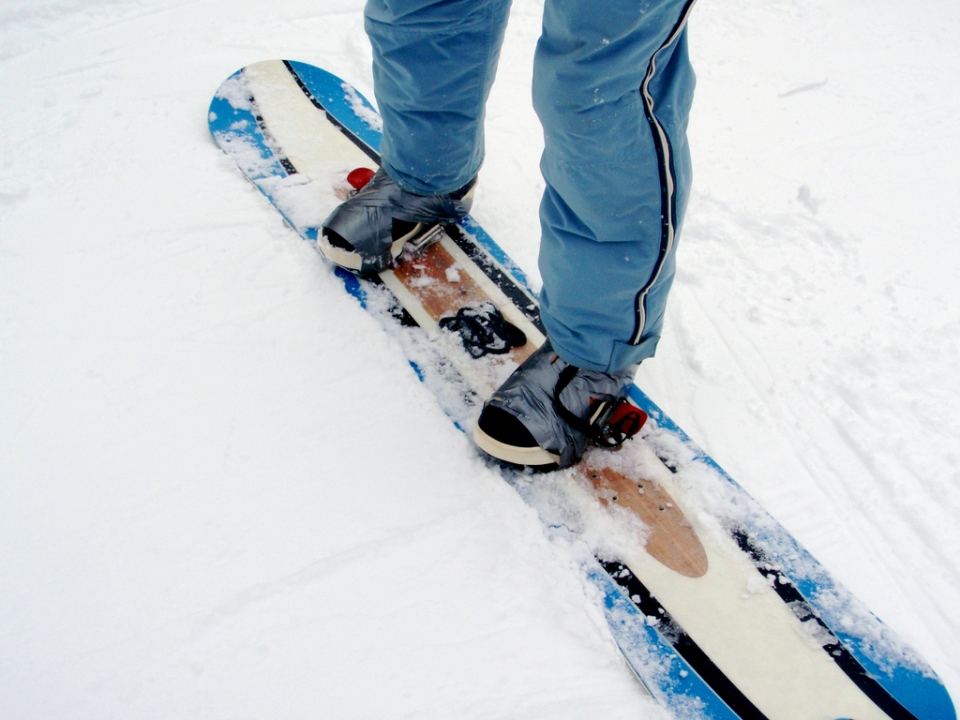
What type of snowboard do I practice?
It is essential to be clear about the type of snow that we are going to practice, because depending on the techniques that are needed, the table will be different. If you are just starting out and you are still not sure (of course), first you will have to focus on mastering the board perfectly and then we will see.
It is best that you opt for an "all mountain" snowboard that is made in a sandwich shape and that is not too rigid. If you are worried about the price, you can look at it at an outlet, because you will surely find an interesting discount.

Technical characteristics of snowboards
Two aspects must be taken into account:
- Shape. This indicates the way the board is made, where we find two types: "directional", with a tip that is wider than the heel and which provides stability, favoring grip, even in the curves; "twin tip", a symmetrical board that allows you to evolve in both directions, perfect for freestyle.
- Arching. Depending on what we want to achieve, we have a classic arching with which we will obtain more grip and power, a flat arching that facilitates freestyle practice, an inverted arch for the evolutions both in switch and in the reception of jumps and a pow arch that will give us buoyancy when we encounter powder snow.

How to choose the size of the snowboard
To choose the size of your table you must perform a simple mathematical operation which consists of applying the 15%, 12% or 10% rule.
- If your weight is less than your height in centimeters, we subtract 15% from your size like this: 69 kg and 172 cm: 172-15%= 146.2.
- If your weight is greater than your height in centimeters we will do the same operation but subtract 12%.
- If you measure the same as you weigh, 10% will be subtracted.
Another method that also works well is to stand the board on one end and see if the other reaches your chin. If you weigh the same as your height, it should be just below your chin, but if you weigh a little more than your height, it should be slightly above it. If you are thinner than normal, you will have to take a slightly smaller board.

And one last issue to take into account is the size of the foot. There are narrow, normal and special width boards (wide). If you use a 44 or larger you will have to use boards with a wider width, since when turning your feet could touch the snow and it would be dangerous; If you use between a 42-44 you should take a board with a width of approximately 25 cm. If it does not exceed a 42, a weist (width) of up to 24 cm will suffice.












